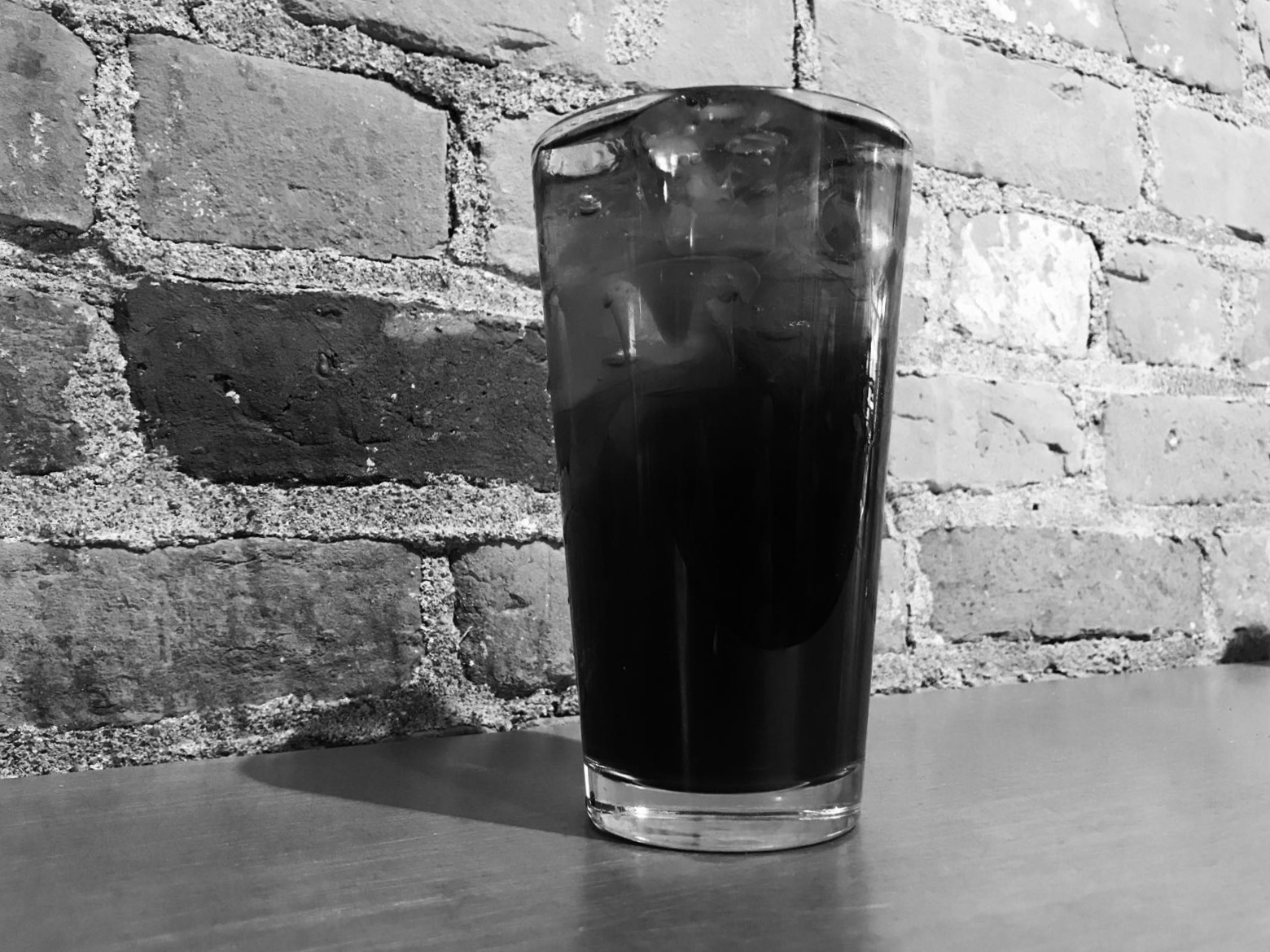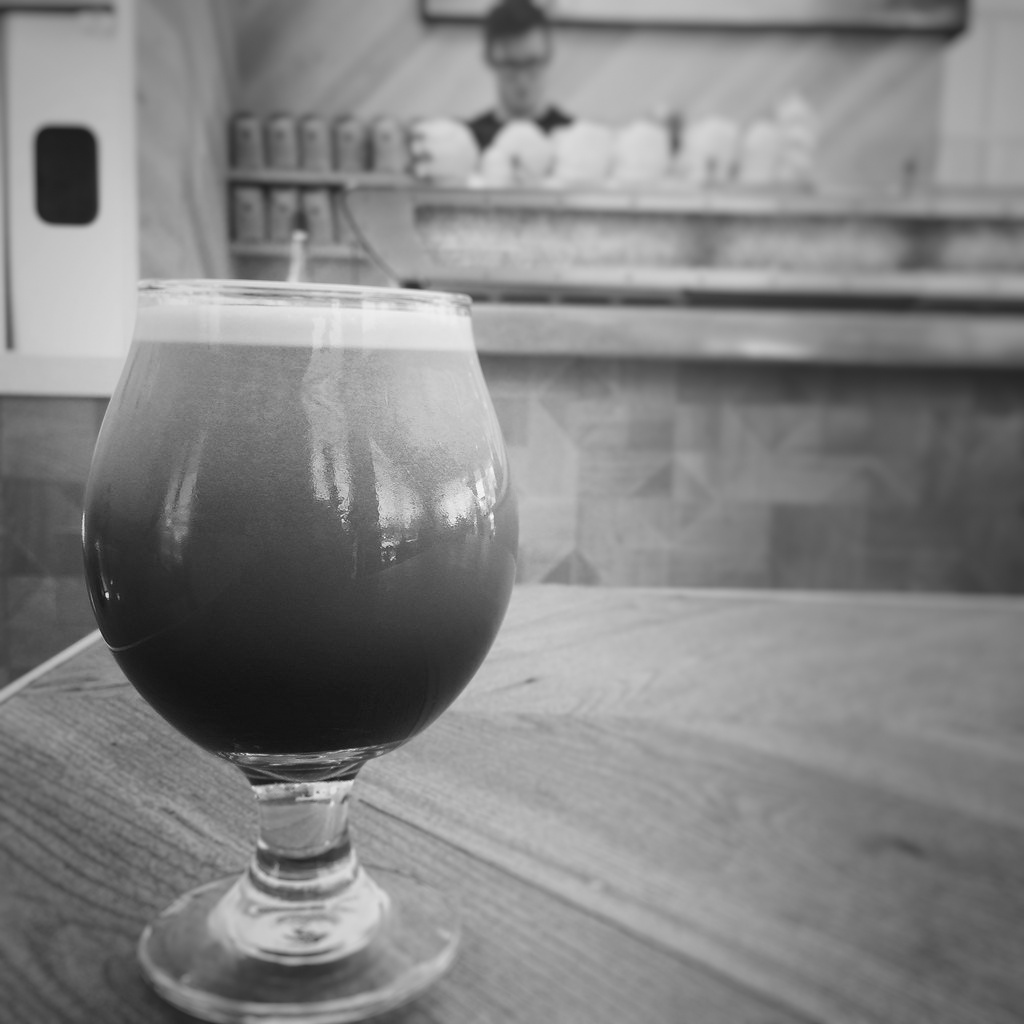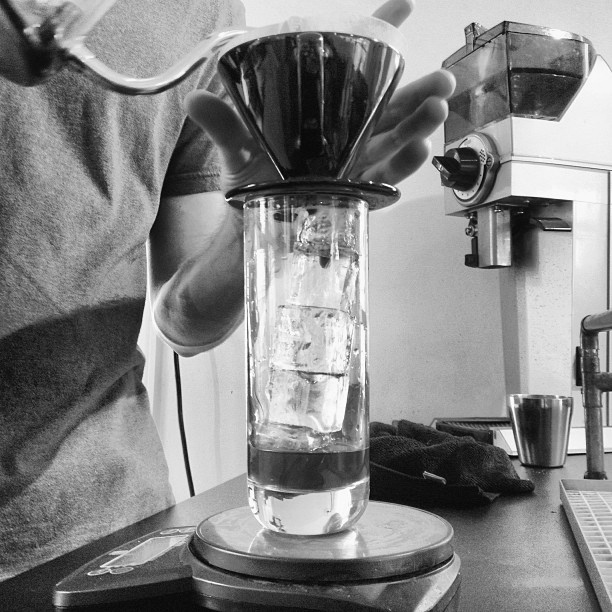Coffee Q Grader Changes Cause Confusion and Consternation
It's the Coffee News Roundup: Week Ending April 25th


Spring has, it seems, finally sprung, which means that summer can’t be far away (and yes, I know this is Scotland, stop sniggering at the back). With the trees blooming, the days lengthening, and the weather becoming incrementally warmer, a coffee lover’s thoughts turn to the possibilities of iced drinks in the sun.
But what to drink? An iced latte is tasty, yes, but it’s basically a milkshake. A coffee stout isn’t particularly refreshing, and it’s a bit unseemly to be drinking beer in the morning. The drink you really want, to cool you down and pick you up, is cold brewed coffee.
Cold brew is already a bit of a phenomenon across the Atlantic, the hip new kid on the American coffee scene. It has taken over pretty much coast to coast, probably helped by the long, hot summers across much of the states, and the fact that it looks damn good on Instagram.
In Scotland, however, the uptake has been rather slower. The craze has yet to completely flourish on these shores, which, yes, probably has a lot to do with our poor excuse for a summer. But even taking the weather into account, cold brew (and cold coffee in general) deserves your attention.
The options are almost endless, for starters. You can drink it black, or with milk, or add interesting syrups (brown sugar sea salt, anyone?) You can brew a single origin Kenya over ice and it tastes like heaven. You can take cold brew, pump it full of nitrogen gas, and served from a tap - it looks a lot like Guinness, and even shares that drinks’ smooth, creamy, stout-like texture.
Oh, and due to its concentrated nature and long brewing time, cold brew generally has significantly more caffeine compared with hot coffee. So there’s that.
But what is cold brew, who is selling it in Scotland, and can you make it yourself at home?

Classic cold brew is made by immersing coarse-ground coffee in room-temperature water for anywhere between 12 and 24 hours. This produces a deep, smooth, concentrated brew that is best served over ice, diluted with water or milk (or chocolate milk if you’re feeling decadent). You can see the appeal for cafes: it’s quick, easy and, when kept chilled, can last up to a month - it’s really the perfect drink for the summer months.
For those looking to try cold brew this summer, head over to Papercup in Glasgow, Steampunk in North Berwick or Brew Lab in Edinburgh (among others).

If you’d like something a bit different, cold brew concentrate can also be infused with nitrogen gas and kegged, producing nitro cold brew. This is generally not served over ice, as it can ruin the silken bubbly effect, and is definitely served black. It’s a potent, velvety summer drink which is best enjoyed while sitting outside in your shorts because the sun is out, even though the temperature has barely topped 11 degrees Celsius.
Nitro cold brew is a little trickier to find, but Brew Lab in Edinburgh and BrewDog’s DogHouse in Glasgow (serving Brew Lab) have got the courageous covered.
If you’re in the mood for something lighter, or have a specific coffee you’d like to try cold, a Japanese iced coffee might be the way to go. Devised in Japan and popularised by coffee guru Peter Giuliano, this method involves making a regular pour over, but replacing half the water with ice, over which the remaining hot water is then poured, chilling the drink instantly.

Brewing like this protects the delicate, floral and fruit flavours which are prevalent in hot coffee but generally lost in the classic cold brew method. This results in a light, fragrant and refreshing cup of summery deliciousness.
Most coffee shops will be offering this style, but Lowdown in Edinburgh is worth seeking out if you want to try an adventurous iced coffee from some of Europe’s best roasters.
If you’re looking to make iced coffee at home, then the Japanese technique is a good place to start. As long as you have the equipment, confidence and knowledge to brew a regular pour over (Google is your friend), then the iced version will be a cinch.
If, on the other hand, you’d prefer the classic cold brew experience in the comfort of your own kitchen, try using a cafetiere. This is an even simpler method: grind your coffee coarse, use fresh room temperature water, and experiment with brew times - start with 12 hours, and go from there. If the coffee comes out too sludgy you can always pour it through a paper filter before chilling it (in the fridge, or by adding ice).
Another option is to buy a Toddy home cold brew maker. Toddy is the brewer of choice for coffee shops that take cold brew seriously. Handily, they sell a smaller home version that makes it easy to produce reliable delicious concentrate every time (once you get the hang of it).
Coffee trends do seem to take a little while longer to make it to these shores, but it feels like the time is right for cold brew to have its day in the sun (so to speak). Even if we only get a few days of true summer per year, it’s worth making the most of it by expanding your coffee horizons and trying something that’s both refreshing and delicious. Plus it’s far more socially acceptable than having a pint at 10am.
A newsletter about coffee—its culture, politics, and how it connects to the wider world.